Have you ever felt stuck in a rut, going nowhere fast? You’re not alone. In business, this feeling is all too common, especially in markets that have become increasingly saturated and competitive. When this happens, it’s time to think outside the box and create a new market space – what is known as a blue ocean.
In business, a blue ocean is an untapped market with immense potential. It is a market space that is free from competition, where you can make your own rules and create new demand. Essentially, it is a market that is waiting to be discovered.
The Blue Ocean Strategy, first introduced in 2004 by W. Chan Kim and Renee Mauborgne, is a framework for creating these new market spaces. Since its inception, the Blue Ocean Strategy has been adopted by companies all over the world and has become a bestseller, with over 3 million copies sold.
In this article, we’ll take a closer look at the Blue Ocean Strategy and how you can use it to create your own blue ocean.
Table of Contents:
1. What is the Blue Ocean Strategy?
2. The Four Actions Framework
3. The Three Tiers of Noncustomers
4. The Value Curve
5. The Six Paths to Blue Oceans
6. Blue Ocean Tools
7. Blue Ocean Strategy in Action
8. Pros and Cons of Blue Ocean Strategy
9. Criticisms of Blue Ocean Strategy
10. What’s Next for Blue Ocean Strategy?
1. What is the Blue Ocean Strategy?
The Blue Ocean Strategy is a framework for creating new market spaces that are free from competition. It was first introduced in 2004 by W. Chan Kim and Renee Mauborgne, professors at INSEAD Business School.
The key to creating a blue ocean is to focus on value. This means offering something that is unique and differentiated from what is currently available in the market. It is about creating new demand, rather than competing for existing demand.
To do this, the Blue Ocean Strategy suggests four actions that need to be taken:
1. Raise the bar on what customers expect
2. Eliminate features or products that customers see as unnecessary
3. Reduce the costs of offering the new value
4. Create a new market space that is free from competition
The Blue Ocean Strategy has been adopted by companies all over the world, including Cirque du Soleil, Southwest Airlines, and LEGO.
2. The Four Actions Framework
The Four Actions Framework is the cornerstone of the Blue Ocean Strategy. It is a tool that can be used to create new market space and new demand.
The framework consists of four actions that need to be taken in order to create a blue ocean:
1. Raise the bar on what customers expect
2. Eliminate features or products that customers see as unnecessary
3. Reduce the costs of offering the new value
4. Create a new market space that is free from competition
These four actions need to be taken in order to create a blue ocean. They are interdependent and need to be considered together.
3. The Three Tiers of Noncustomers
The Three Tiers of Noncustomers is a tool that can be used to identify new market spaces. It was first introduced in the book Blue Ocean Strategy.
The Three Tiers of Noncustomers are made up of three groups of people:
1. The first group is made up of people who don’t use your product or service at all. They are your non-customers.
2. The second group is made up of people who use your product or service, but are not completely satisfied with it. They are your dissatisfied customers.
3. The third group is made up of people who use your product or service, but could also use a competing product or service. They are your undifferentiated customers.
The Three Tiers of Noncustomers is a tool that can be used to identify new market spaces. It can also be used to identify new value propositions that could be appealing to non-customers and undifferentiated customers.
4. The Value Curve
The Value Curve is a tool that can be used to visualize the value proposition of a company. It was first introduced in the book Blue Ocean Strategy.
The Value Curve is a graphical representation of how a company’s offer compares to the competition. It is made up of two axes:
1. The x-axis represents the company’s offer.
2. The y-axis represents the competition.
The Value Curve is a tool that can be used to visualize the value proposition of a company. It can also be used to identify areas where a company’s offer could be improved.
5. The Six Paths to Blue Oceans
The Six Paths to Blue Oceans is a tool that can be used to identify new market spaces. It was first introduced in the book Blue Ocean Strategy.
The Six Paths to Blue Oceans are made up of six different paths that companies can take in order to create new market space:
1. The first path is to create a new market.
2. The second path is to enter an existing market with a new offering.
3. The third path is to enter an existing market with a new business model.
4. The fourth path is to enter an existing market with a new value proposition.
5. The fifth path is to enter an existing market with a new customer segment.
6. The sixth path is to enter an existing market with a new delivery model.
The Six Paths to Blue Oceans is a tool that can be used to identify new market spaces. It can also be used to identify new opportunities for growth.
6. Blue Ocean Tools
The Blue Ocean Strategy has a number of different tools that can be used to create new market space. These tools include the Four Actions Framework, the Three Tiers of Noncustomers, the Value Curve, and the Six Paths to Blue Oceans.
7. Blue Ocean Strategy in Action
The Blue Ocean Strategy has been adopted by companies all over the world, including Cirque du Soleil, Southwest Airlines, and LEGO.
Cirque du Soleil is a Canadian entertainment company that was founded in 1984. The company has been credited with creating a new market space in the entertainment industry.
Southwest Airlines is an American airline that was founded in 1971. The company has been credited with creating a new market space in the airline industry.
LEGO is a Danish toy company that was founded in 1932. The company has been credited with creating a new market space in the toy industry.
8. Pros and Cons of Blue Ocean Strategy
There are a number of advantages and disadvantages of the Blue Ocean Strategy.
Advantages:
1. The Blue Ocean Strategy can help companies to create new market space and new demand.
2. The Blue Ocean Strategy can help companies to focus on value.
3. The Blue Ocean Strategy can help companies to reduce costs.
Disadvantages:
1. The Blue Ocean Strategy can be difficult to implement.
2. The Blue Ocean Strategy can be time-consuming.
3. The Blue Ocean Strategy can be risky.
9. Criticisms of Blue Ocean Strategy
There have been a number of criticisms of the Blue Ocean Strategy.
1. The Blue Ocean Strategy has been criticized for being too idealistic.
2. The Blue Ocean Strategy has been criticized for being too simplistic.
3. The Blue Ocean Strategy has been criticized for being too risky.
10. What’s Next for Blue Ocean Strategy?
The future of the Blue Ocean Strategy is uncertain. The framework has been adopted by companies all over the world, but it has also been criticized by some. Only time will tell if the Blue Ocean Strategy will continue to be popular or if it will fade into obscurity.
Conclusion:
The Blue Ocean Strategy is a framework for creating new market spaces that are free from competition. It was first introduced in 2004 by W. Chan Kim and Renee Mauborgne, professors at INSEAD Business School.
The key to creating a blue ocean is to focus on value. This means offering something that is unique and differentiated from what is currently available in the market. It is about creating new demand, rather than competing for existing demand.
The Blue Ocean Strategy has been adopted by companies all over the world, including Cirque du Soleil, Southwest Airlines, and LEGO.
There are a number of advantages and disadvantages of the Blue Ocean Strategy. Advantages include the ability to create new market space and new demand, focus on value, and reduce costs. Disadvantages include the difficulty of implementation, the risk involved, and the amount of time it can take.
The future of the Blue Ocean Strategy is uncertain. The framework has been adopted by companies all over the world, but it has also been criticized by some. Only time will tell if the Blue Ocean Strategy will continue to be popular or if it will fade into obscurity.

